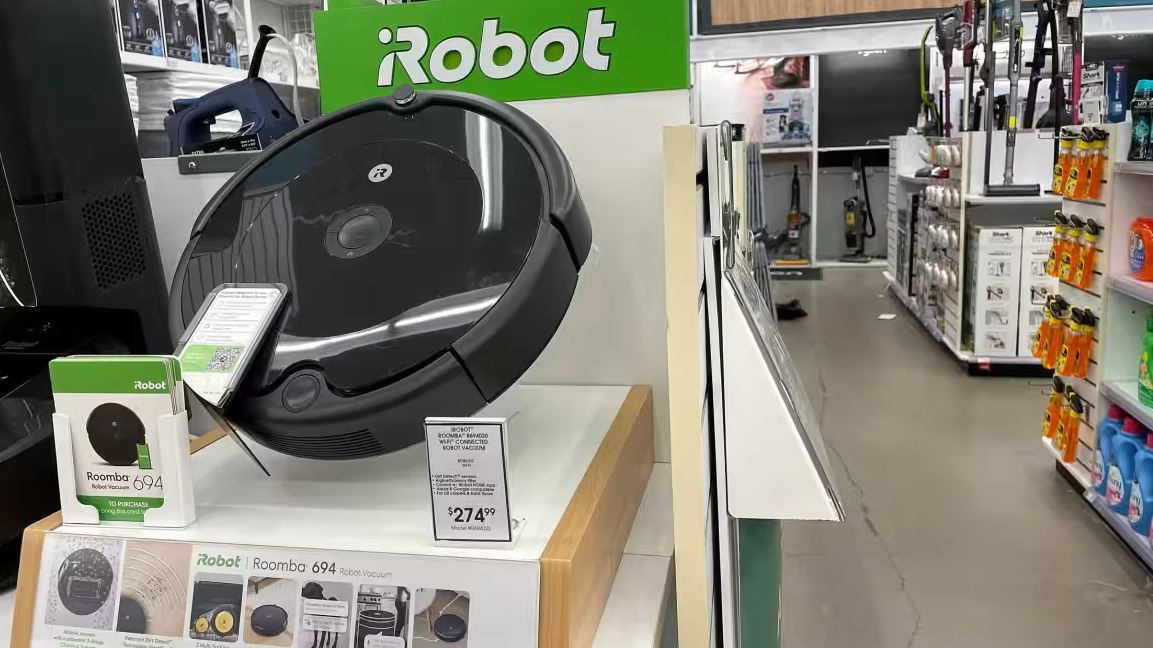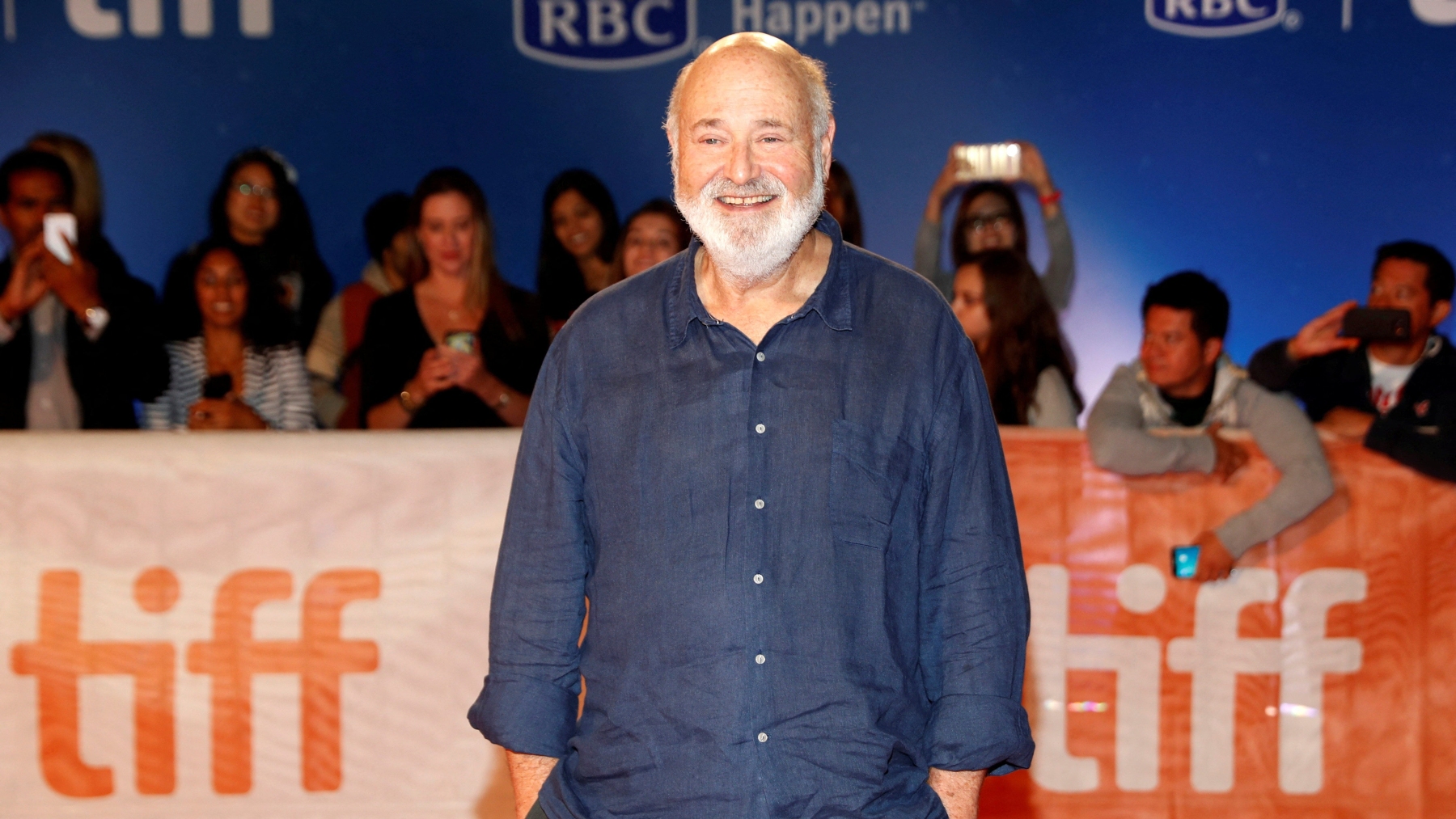
This article is more than
2 year oldRIP, BuzzFeed News. Who’s next?

BuzzFeed used to be worth $1.6 billion; now it’s down to $100 million. Its peers aren’t looking so hot, either.
First, my condolences: It’s lousy when people lose their jobs. And journalists feel an extra pang when they hear about other journalists losing their jobs, as the 60 people who worked at BuzzFeed News did today when parent company BuzzFeed shut its news arm down. For more on the end of the BuzzFeed News era, check out former BuzzFeed News editor Ben Smith’s obit for his former operation.
Onto the broader news: BuzzFeed itself is not doing well, which is why the company also laid off another 120 or so employees who didn’t work at the news operation, including its chief revenue officer and chief operating officer. When you see the people near the very, very top of the org get pushed out, it’s a big flashing warning light.
In truth, that warning light has been going at BuzzFeed — and the rest of the digital media business — for quite some time.
When BuzzFeed was on the way up, back in the 2014-2016 era, founder and CEO Jonah Peretti used to talk about his company as if it were a tech company, not a traditional media company. This was in part to help land investments from venture capitalists like Andreessen Horowitz, which traditionally avoided media companies but put $50 million into BuzzFeed in 2014. (The blog post an Andreessen exec wrote announcing the company’s investment back then left the internet some time ago.)
One indication that no one thinks of BuzzFeed as a tech company anymore: When actual tech companies announced layoffs in the recent past, investors rewarded them by bumping up their stock prices. But when the BuzzFeed layoff news broke today, BuzzFeed’s sub-$1 stock dropped another 20 percent, and is still there now:
:no_upscale()/cdn.vox-cdn.com/uploads/chorus_asset/file/24599526/Screen_Shot_2023_04_20_at_3.53.00_PM.png)
The nutshell story for BuzzFeed for quite some time has been that it had a high-prestige, money-losing news operation, but that it made a lot of money from its quizzes and other pop culture and entertainment operations.
The writing has been on the wall for BuzzFeed News for many, many years. One indicator was when Smith was trying to find a billionaire to fund BuzzFeed News independently back in 2018; another was when Smith left to join the New York Times two years later. But BuzzFeed itself was supposed to be okay. The plan was to merge with or acquire other biggish digital media properties, get the scale to go public, and prove that it was possible to create new, large, standalone media companies.
It has not worked out that way. BuzzFeed has rolled up some other properties — it took HuffPost off Verizon’s hands a few years ago and added Complex Networks in 2021 — but not enough to give it the heft it needs to make it a must-buy for advertisers. And it did go public in late 2021, but even as it did, it was clear that investors weren’t going to be interested, and its stock has been in a long steady slide ever since.
BuzzFeed is currently valued at about $100 million, which is way, way less than the $437 million in revenue it generated last year. It’s even further off from the nose-bleed valuations it got when it was on the way up: $850 million in 2014 and $1.5 billion a year later. Peretti was able to goose the company’s value — unintentionally, he says — earlier this year when he announced that BuzzFeed was going to start using AI to make content, but that was short-lived. Today’s layoff announcement included a bullet point noting that “no jobs are being replaced by AI.”
Here is the part of the post where I dutifully note that other high-flying digital media companies that rode the same wave as BuzzFeed have had similar arcs. Vice Media, once theoretically worth $6 billion, has been unable to find a buyer, and its top executives have either left or been pushed out. Vox Media, which publishes this site, seems healthier by comparison. It recently took on a $100 million investment that valued it at $500 million, down a mere 50 percent from its 2015 peak, but it has also undergone multiple layoff rounds, including one earlier this year.
And here is the part of the post where I’m supposed to find promising green shoots in other parts of digital media, whether they are standalone companies aimed at smart, high-status people and advertisers who want to reach them (think Puck, Semafor, Punchbowl, et al) or individuals just making stuff on their own, with the help of platforms like Substack.
I wish them all well, and I’m sure some will have good outcomes — Axios, for instance, managed to sell itself at a healthy price less than five years after it launched. But I worry that we’re going to be in a fallow period for some time.
The advertising market is very soft right now, but even when it comes back, trendlines will still be in favor of Google and Meta and against anyone who doesn’t have that mega-scale. Meanwhile, subscription businesses — touted by many people over the last few years as the antidote to the limits of the ad model — have their own inherent limits: Most obviously, everyone now wants consumers to pay for subscriptions, and they are only going to pay for a limited number of them. This is perhaps why Substack, which helped popularize the paid newsletter model, has turned to its users to help fund the company after getting the cold shoulder from traditional investors.
I don’t want to end this thing on a bummer note so here’s a compromise: Can you find reason for optimism in media right now? I’d love to hear about it. Drop me a note and let me know if I can publish what you send me. Hopefully, we’ll have enough good ideas to create a new post down the line. And if not ...




